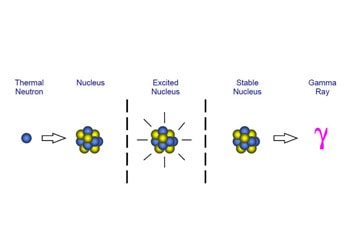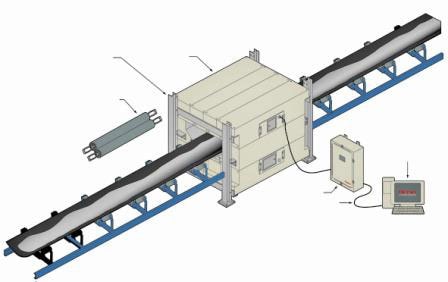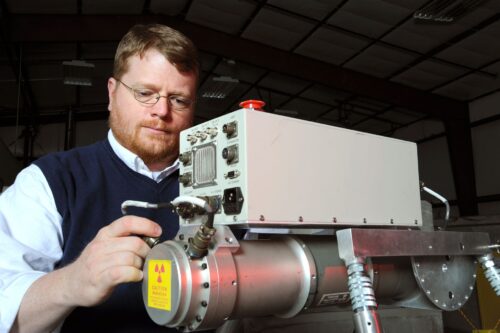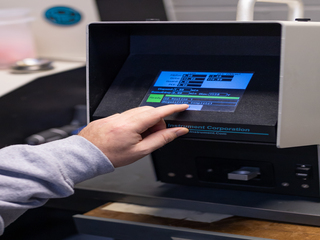Activation Analysis
Cf-252 is crucial in neutron activation analysis, a technique used to determine the compositions of materials by measuring the radiation emitted from elements that have been activated by neutrons. This method is widely applied in geological and material sciences to analyze the elemental composition of unknown samples. The isotope is effective for material identification and analysis of the physical and chemical properties of different compounds.







